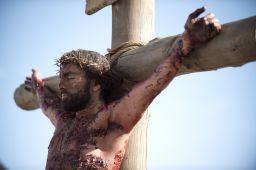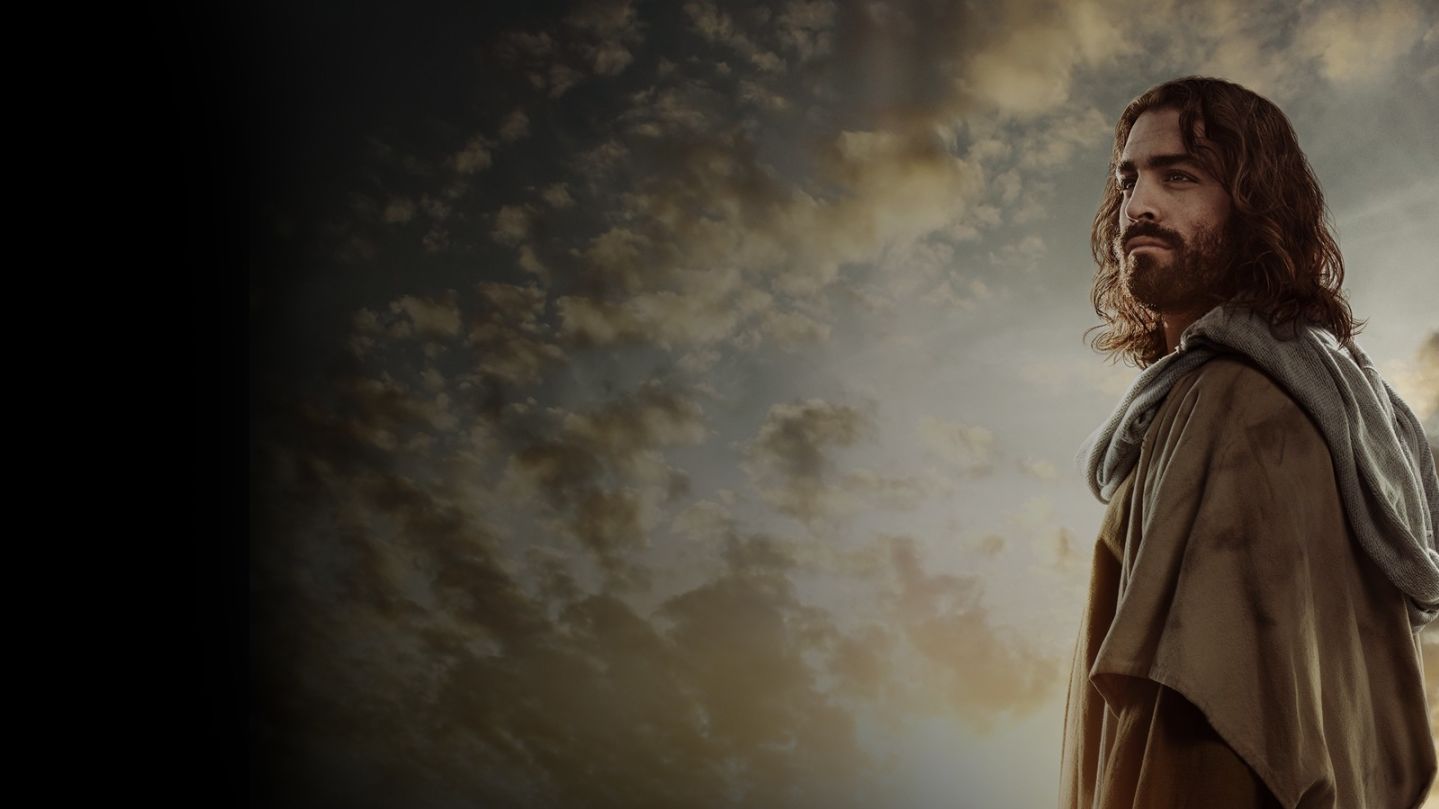Science and archaeology offer insights into ancient artifacts that could be linked to Jesus Christ. “Finding Jesus: Fact, Faith, Forgery” continues Sunday nights at 9 ET/PT on CNN.
Story highlights
Religion professor Mark Goodacre appears in each episode of the program
He defends the carbon dating used to determine the age of the Shroud of Turin
My name is Mark Goodacre, and I am a professor of New Testament and Christian origins in the Department of Religious Studies at Duke University. I was series adviser and one of many on-camera experts on CNN’s “Finding Jesus,” which premiered Sunday evening. I also appear in each episode of the program.
Viewers were invited to tweet and post their questions to Facebook during the show. Below are some of the most interesting, and my answers to them.
Vance Lipsey: Is there a better way to check the shroud than carbon dating? I’ve been told carbon dating is very inaccurate.

Goodacre: Actually, carbon dating is an excellent way to ascertain the date of an artifact. Many are disappointed, not surprisingly, that the shroud dated to between AD 1260 and 1390. I recall my own disappointment (but not surprise) on hearing the results back in 1988. But the scientists doing the carbon dating were not amateurs, and the samples were tested in three separate labs. Moreover, the carbon date cohered with other evidence that the shroud was a medieval forgery, like the fact that there is no evidence of its existence until the 14th century.
Cynthia Restivo: So I know the carbon dating was off, but wasn’t it later shown that the piece of cloth used for the testing was a section that had been repaired after some fire damage or something? Which would explain why it dated different?
Goodacre: No, that’s not been established. Those who defend the authenticity of the shroud often say the sample might have been taken from a part of the shroud that was repaired after it was damaged by fire in the 16th century. But this is special pleading. The scientists who took the sample knew what they were doing. Professor Christopher Ramsey noted that the unusual weave on the sample matched the weave on the rest of the shroud perfectly.
Beth A Hafele: So were Jesus’ wrists nailed or his hands? All shows and movies have his hands nailed.
Goodacre: One of the curiosities about the Turin Shroud is that the figure appears to be nailed through the wrists. This has long intrigued those who have studied crucifixion because there is some anatomical plausibility here – nails through the wrists would support the body better than nails through the palms of the hands. It is just possible that the bones of the only crucified victim we have, Jehohanan, show a nail mark above the wrist, but this is disputed. There are two further factors here. One is that victims of crucifixion may often have been tied instead of (or as well as) being nailed. Also, some dispute whether the shroud figure is nailed through the wrists. (See Antonio Lombatti’s graphic.)
Virginia McCoy: Once again, Mary Magdalene is totally ignored. They used the Gospel that described Peter as having discovered the empty tomb. When other Gospels describe Magdalene as the one that discovered it and then she called out to others.

Goodacre: Well, you will be pleased to hear that there is an entire episode devoted to Mary Magdalene in this series, and her identity and role are fully explored, including her presence at the empty tomb. I think you’ll enjoy it.
Jacques Lemire: About the @CNN program on Jesus. Good stuff, but I am not sure about Jesus crying out in pain. A psalm: The lamb is silent.
Goodacre: I found Adam Bond’s portrayal of Jesus’ death in the drama really compelling, and his cry is quite arresting. It’s true that Isaiah 53:7 says “He was led like a lamb to the slaughter, and as a sheep before its shearers is silent, so he did not open his mouth.” Many early Christians saw this as a prophecy of the way that Jesus, their Messiah, died. It is apparently fulfilled in Jesus’ silence during his trial (e.g. John 19:9-10), but in all four Gospels, Jesus is vocal on the cross, and in the end he cries out with a loud voice (e.g. Mark 15:34 and 37), so the drama makes good sense there.
Thanks again for watching and for all your great questions, and apologies that we could not answer all of them. I was really thrilled to be involved, and I loved working with the production team behind “Finding Jesus.” I think they have put together a superb series, which blends visually compelling drama and intelligent commentary from a wide range of experts. I look forward to hearing everyone’s reactions to the remaining five episodes!




